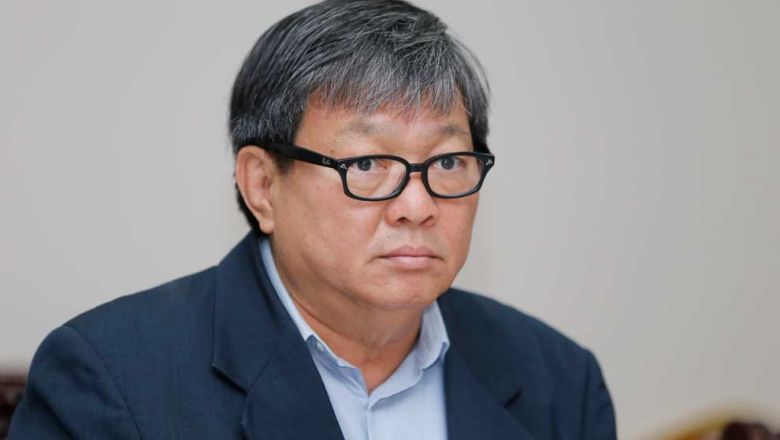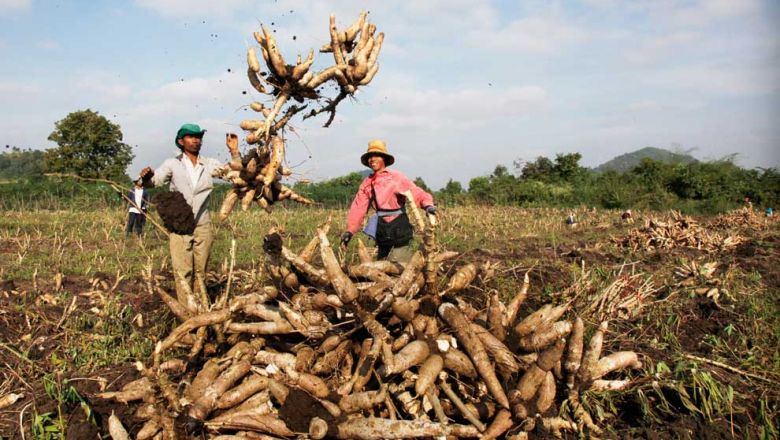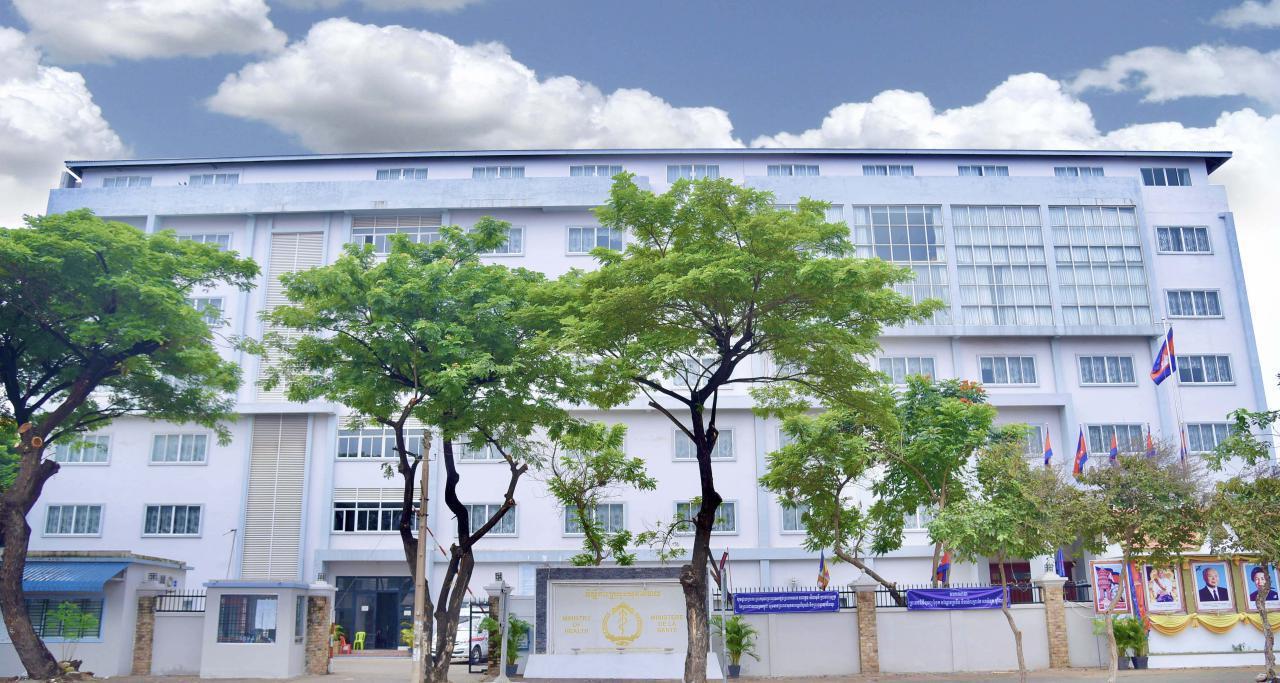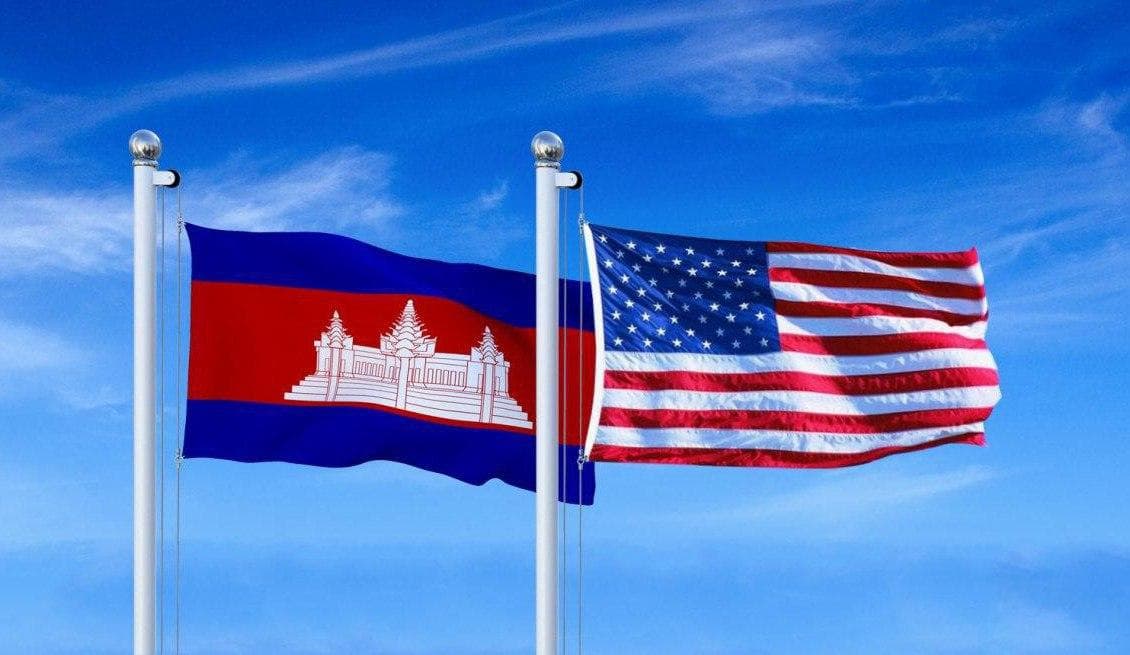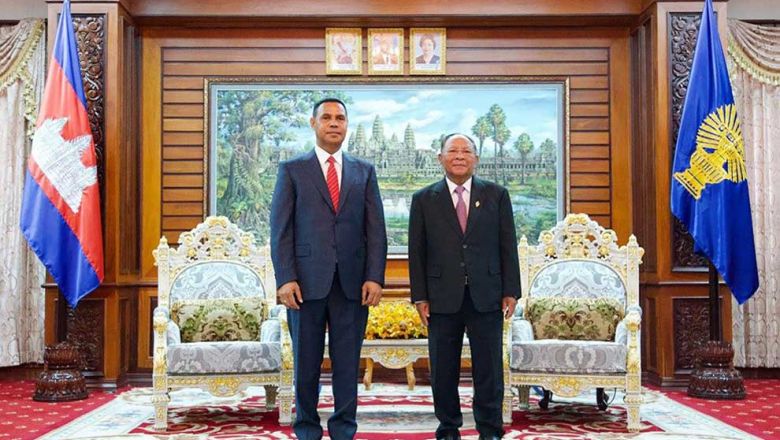How tourism is shaping Cambodia’s economic growth
The earnest efforts of the Royal Government along with the private sector have helped Cambodia regain a record 6.7 million international tourists last year. This has been largely achieved through diversification of the tourism sector, expanding the range of services and events to attract an increasing number of national and tourists. Interestingly, the spike in tourist numbers correspondingly opened new avenues for job opportunities, boosted income for citizens, promoted local exports, and supported economic growth. CATA and other experts talking to Khmer Times have shed new light on tourism saying it’s also a smokeless industry that can significantly contribute to the Kingdom’s overall national development
As of last year Cambodia registered a record 6.7 million international tourists, a 22.9 percent increase from 5.45 million the previous year. The upward trajectory has generated $3.63 billion in revenue, marking a 17.8 percent rise from $3.08 billion the year before.
The consistent efforts of the Royal Government in prioritising tourism as “green gold” has indeed propelled Cambodia’s socio-economic development. This has been achieved through diversification of the tourism sector, expanding the range of tourism services and events to attract an increasing number of national and international tourists.
These efforts created job opportunities, boosted income for citizens, promoted local exports, and supported economic growth, all while contributing to higher national income.
Moreover, tourism plays a vital role in preserving culture and protecting the environment, as well as responsibly managing natural resources. This approach aligns with the goals of the Pentagonal Strategy – Phase 1 and supports the long-term vision of achieving Cambodia’s Cambodian Vision 2050.
After, the record 6.7 million international tourists last year, the Ministry of Tourism (MoT) has set a new goal of welcoming over 7 million international tourists by 2025. How could this influx of tourists benefit the national economy?
Efforts to boost tourism
Deputy Prime Minister Neth Savoeun went on record saying that tourism is an important economic growth sector that the government always gives the highest attention to.
Presiding over the official launch of self-service ticketing machines for visits to the Angkor Archaeological Park late last month in Siem Reap province, which allows tourists to the Angkor Archaeological Park to buy tickets directly from the machines, Savoeun spoke extensively on the tourism sector. He said that over the last two decades, the tourism sector has experienced significant growth, with high annual growth rates.
In 2019, the peak year for tourism, Cambodia welcomed 6.6 million international tourists and generated approximately $6 billion in revenue, he said, adding, however, from early 2020 to 2022, the tourism sector was severely affected due to the Covid-19 pandemic.
“Currently, the tourism sector is on a path to recovery, driven by several policy measures, including the launch of Siem Reap-Angkor International Airport and the introduction of a number of new tourism products,” he said.
Savoeun also emphasised that to attract international tourists and boost their confidence, the Ministry of Tourism and relevant tourism-related institutions should develop a mobile app offering information about tourist destinations and local cuisine, making it easier for tourists to explore.
“In the tourism sector, I think that we need to explore new and diverse ways to attract visitors. For example, we should create an app that helps tourists discover Cambodian destinations—whether the new site, natural, or historical—providing details, while quality is important in all products, the most crucial factor is promotion,” he added.
Savoeun further said that the government is working to identify key issues obstructing the tourism sector, continuously striving for improvement. The government is committed to finding innovative solutions by creating new opportunities, developing new routes, and building essential tourism infrastructure.
Minister of Tourism Huot Hak said that the Royal Government of the 7th term of the National Assembly remains committed to preserving lasting peace, political stability, national sovereignty, and territorial integrity.
He added that the government continues to safeguard security, public order, and social safety, while ensuring macroeconomic stability, internal solidarity, national unity, and social harmony.
These efforts provide a strong foundation for advancing Cambodia’s economic and social development, including the growth of the tourism sector.
When Khmer Times asked Chhay Sivlin, President of Cambodia Association of Travel Agents (CATA), whether Cambodia can attract over 7 million international tourists by 2025, her response was affirmative yes.
“I believe the target is achievable because if we look back at 2024, we reached 6.7 million visitors. In 2025, with the promotion and support from private sectors and those interested in tourism, alongside the efforts of the Ministry of Tourism, I am confident this target can be met — or even exceeded — as long as there are no global incidents that disrupt tourism,” she said.
When further asked what it would mean to the economy, Sivlin said that a destination welcoming over 7 million tourists by 2025 could significantly benefit the economy by generating more revenue, creating jobs, and driving investments in infrastructure and local businesses, all while enhancing the country’s global reputation as a tourist destination.
“More than 7 million tourists expected in 2025 will support both large and small sectors including hotels, guesthouses, restaurants, food services, both air, water and road transportation, local production, and the import of various goods. These sectors will supply tourists across both large and small resorts, as well as benefit numerous local communities.
“An increase in tourists will create more job opportunities for locals. This growth will also help foster a greater appreciation among young people and citizens across the country for the national heritage, including natural resources and culture, which will play a key role in attracting more tourists.”
Sivlin also recommended that efforts should be made to serve tourists by offering excellent services and hospitality. Additionally, there should be a focus on creating more diverse and attractive tourism products to enhance the overall experience for visitors.
“We cannot rely on the same tourism products, as we must consider regional competition, where each country is working harder to develop its services to attract both repeat and new tourists,” Sivlin said, adding, “In this era of growing competition, experts in the tourism sector, along with service providers, must work diligently to enhance the quality of their services and products to remain competitive in the region.”
The quality of hospitality services in the tourism sector, particularly comfort, safety, and the warmth of the friendly smiles of the Cambodian people—especially those working in the tourism industry—are key attractions, alongside many other important factors, said Dany.
She called on all stakeholders to work together in promoting Cambodia’s national tourism globally. The ministry also adheres to the cooperation based on five pillars including cooperation at the national level, cooperation with sub-national levels, cooperation with the private sector, cooperation with international organisations, and cooperation with national and international media, she added.
Although Cambodia boasts significant tourism potential, such as natural, cultural, and manufacturing tourism, as well as many favourable social factors to attract international visitors, there are still challenges that could put pressure on the sector.
Strategies for growth target
Hong Vannak, an economic researcher at the Royal Academy of Cambodia (RAC), also said that typically, the forecast of tourist growth from 6.7 million in 2024 to over 7 million in 2025 is just a prediction, based on the quality of services to be provided and the creation of new events as strategies to attract international tourists.
“Therefore, to achieve this goal, we must rely on a strategy that addresses tourists’ needs to ensure we meet the planned numbers. If we fail to showcase what is attractive and align with what tourists are looking for, it will be difficult to achieve the target,” Vannak told Khmer Times.
He said that the main reasons foreign tourists visit a country vary including learning about new cultures, exploring tourist destinations, and exchanging lifestyles. Some tourists travel for educational purposes, health check-ups, or to visit relatives.
“Most foreign tourists visit Cambodia for sightseeing the various exotic and historic locations. Therefore, to what extent does Cambodia offer diverse tourism products, enhance services, or create new offerings that can attract more foreign visitors is what matters?” Vannak said.
“We also need to understand the quality level of foreign tourists who visit Cambodia. Quality, in this sense, refers to their willingness to spend money. If they are willing to stay in expensive hotels and use high-end services, they are considered quality tourists. However, if they spend less, it can lead to losses, as we gain quantity but not quality.”
Seun Sam, a policy analyst at the Royal Academy of Cambodia, said that it is important to remember that Cambodia is a small country, a developing country and not a global superpower.
“However, Cambodia’s only power is soft power. The soft power that Cambodia can use is culture and tourism to compete and attract international tourists to visit this beautiful land,” he said.
Speaking with Khmer Times, Sam said that tourism is also a smoke-free industry that can significantly contribute to Cambodia’s national development by generating income. It supports the country’s efforts to become cleaner across various locations and areas, promoting environmental sustainability while driving economic growth.
“Tourism is a smoke-free industry that helps Cambodia a lot, but it’s not something that happens on its own. We cannot simply wait for tourists to arrive. There must be strong internal organization, and all relevant ministries need to collaborate effectively to attract foreign visitors to our country,” he emphasised.
“We know that when tourists visit a country, they spend money on visas, travel, accommodation, food, and entry fees to attractions. This spending not only boosts the tourism sector but also helps improve the livelihoods of local communities by creating jobs and supporting local businesses.”
Dany also highlighted two major factors challenging the tourism sector: The external challenges include the conflict between Russia and Ukraine, which impacted the global economy, as well as the changing economic situation in the region.
As for the internal challenges, Cambodia still faces issues such as limited tourism promotion, insufficient training for human resources in the tourism sector, and a lack of direct flight connections from major tourist destinations to Cambodia.
She said that the facilitation of international border crossings is not yet smooth, and still lacks tourism products to meet the needs of tourists, especially since the promotion of local products to international tourists is still limited.
“Despite these challenges, the ministry has been diligently working on important strategic plans to continuously address these issues, aiming to further develop the tourism sector and attract more international tourists to Cambodia effectively and responsibly,” Dany emphasised.
Source ៖Khmer Times


